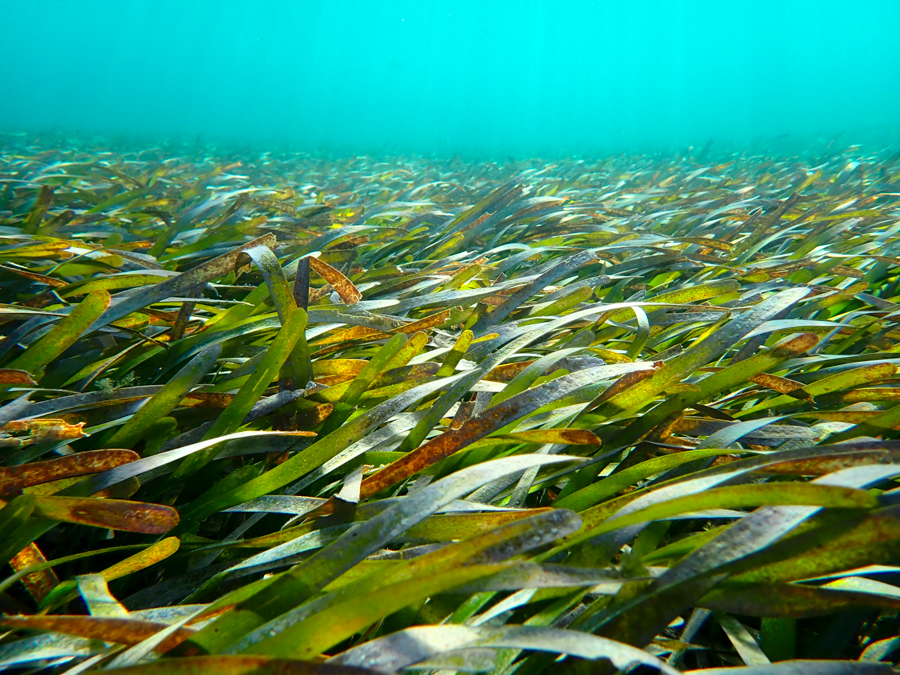As the crew and science team watched from the M/Y Golden Shadow, a bigger, brighter moon filled the night sky rising above the island of Vanuabalavu on June 23, 2013. When the moon is closest to Earth, called perigee, it appears larger and brighter. This occurrence has been termed ‘supermoon.’
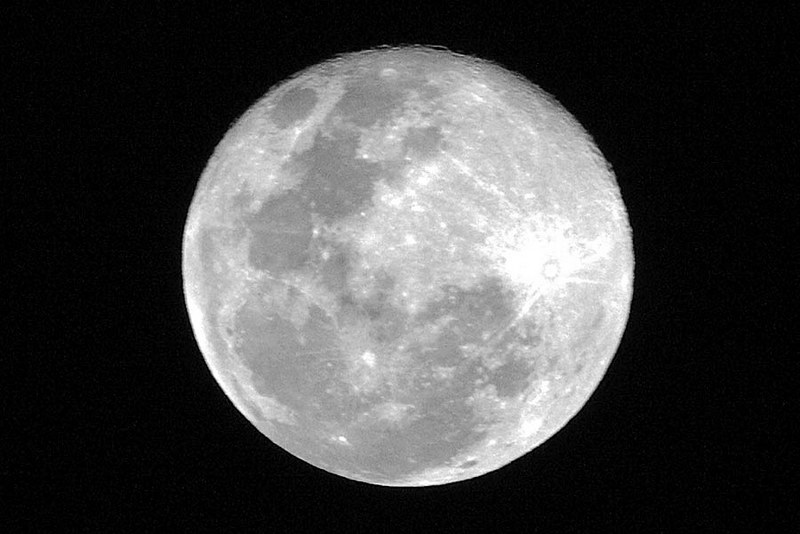
Perigean Spring Tides Expose Coral to Additional Stressors
Not only is there a difference in the moon, but there is also a difference in the tides. During perigee, the tides are at their highest and lowest. Known as perigean spring tides they occurs when the full moon, sun, and Earth align causing a greater than normal gravitational pull.
While the groundtruthing team was mapping the island of Vanuabalavu, they thought they were seeing a rocky substrate near the islands. However, it wasn’t until they got a closer look that they stumbled upon corals sticking out of the water some 20-30 cm high.
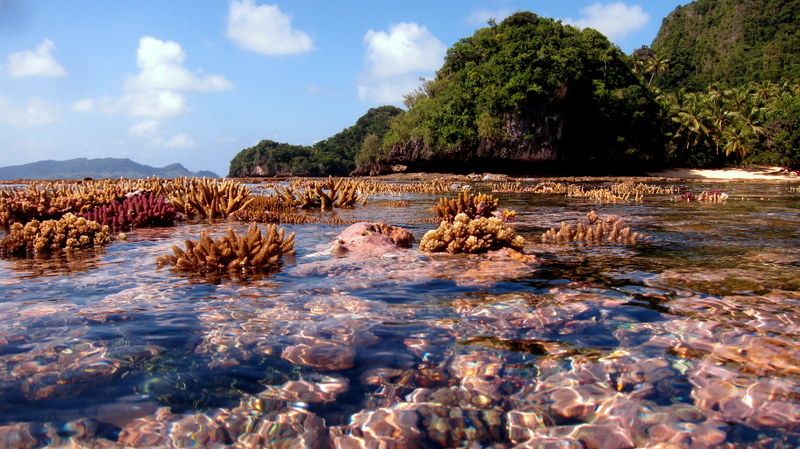
“Normally we use an underwater video camera to look at the features on the seafloor. It really is fascinating to be able to drive your boat alongside a shallow reef, and see the coral exposed in the open air,” states Gwilym Rowlands with the groundtruthing team.
Fluctuating Tides
Even though the tidal fluctuation resulting from the perigean spring tides are only a few centimeters more and less, this can make all of the difference for corals that are growing near the surface. Corals become stressed when exposed to the air. During prolonged exposure periods, they can experience extreme temperatures that can cause desiccation and even bleaching. Though, some corals have adapted and can tolerate these extreme conditions.
Corals produce a surrounding mucus layer. This can help corals from drying out and undergoing excessive UV exposure. Some corals have even been found to have sunscreen-like components in their mucus and pigments.
Over a three day period, during the greatest perigean spring tides, the groundtruthing team has found corals becoming more bleached as the aerial exposure continues.
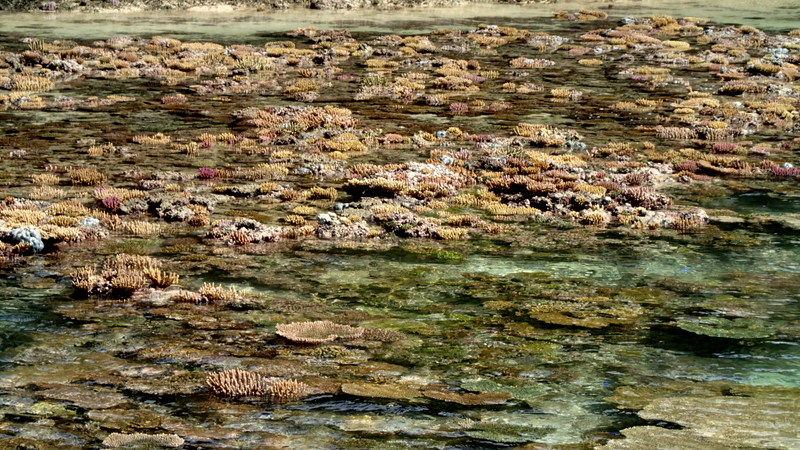
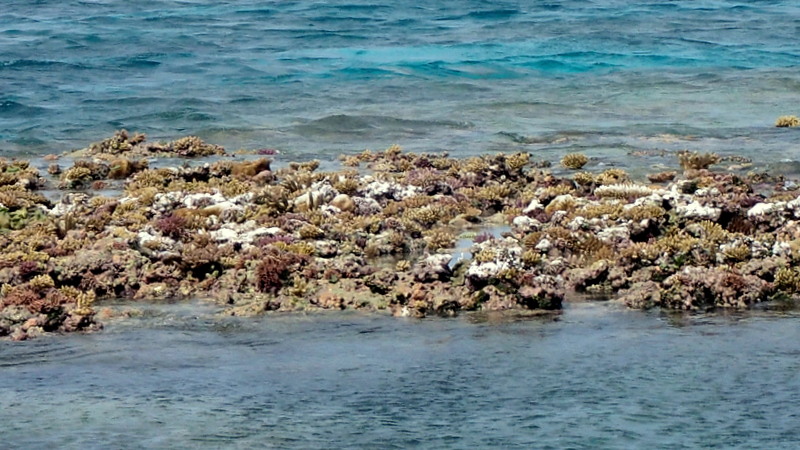
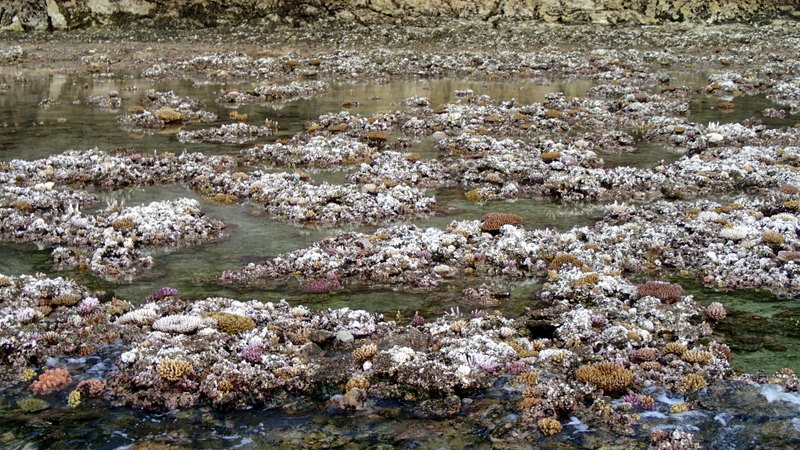
Luckily for the corals, the supermoon and resulting perigean spring tides only occur about every 14th full moon.
Photos/Images by: 1 Ken Marks; 2 Gwilym Rowands; 3-5 Jeremy Kerr


